Disclosure: This article contains affiliate links. We may earn a commission from purchases at no extra cost to you, which helps our travel content.
Twenty years of sports journalism has taught me that a city's true character is rarely found in its glossy brochures or tourist hotspots. Like a cricket match where the real stories unfold between overs, Lusaka reveals itself in the spaces between attractions—in market conversations, roadside food stalls, and impromptu football games in neighborhood parks. Having visited Zambia multiple times while covering cricket tours in southern Africa, I've developed a fondness for this underrated capital that balances urban energy with surprising pockets of natural beauty. While many travelers use Lusaka merely as a gateway to Zambia's famed wildlife parks, I've discovered a city worthy of exploration in its own right—a place where traditional culture and modern African urbanism create a fascinating rhythm that deserves at least three days of your itinerary.
Day 1: Urban Exploration and Cultural Immersion
My relationship with Lusaka began like many travelers'—viewing it as merely a transit point. That perspective changed dramatically during an extended layover in 2016 when a local sports journalist invited me to explore beyond the airport perimeter.
Start your first day at the Lusaka National Museum, where the cultural exhibits provide essential context for understanding Zambia's rich heritage. The museum isn't overwhelming in size, making it perfect for a morning visit. What caught my journalistic eye were the exhibits on traditional games and sports—fascinating connections between physical culture and spiritual beliefs.
From there, walk to the nearby Freedom Statue, a powerful monument commemorating Zambia's independence. The short stroll gives you a feel for the city's wide avenues and architectural contrasts—colonial-era buildings alongside modern structures.
For lunch, I recommend Manda Hill Mall's food court for its variety, though I typically opt for Marlin Restaurant inside for their excellent local dishes. Try the nshima (maize porridge) with side dishes—it's the staple food that fuels Zambian athletes and everyday citizens alike.
Spend your afternoon at Kabwata Cultural Village, a haven for artisans and craftspeople. Unlike the tourist-oriented markets I've encountered in more commercial destinations, conversations here tend to be genuine. My travel journal is filled with stories shared by woodcarvers explaining how their craft connects to traditional coming-of-age ceremonies. Take your time here—the most memorable purchases are those with stories attached.
As evening approaches, head to East Park Mall or Levy Junction for dinner. These modern complexes showcase Lusaka's contemporary side and offer excellent people-watching opportunities. If you're feeling adventurous, try Chit Chat, where the live music scene gives you a taste of Lusaka's nightlife.
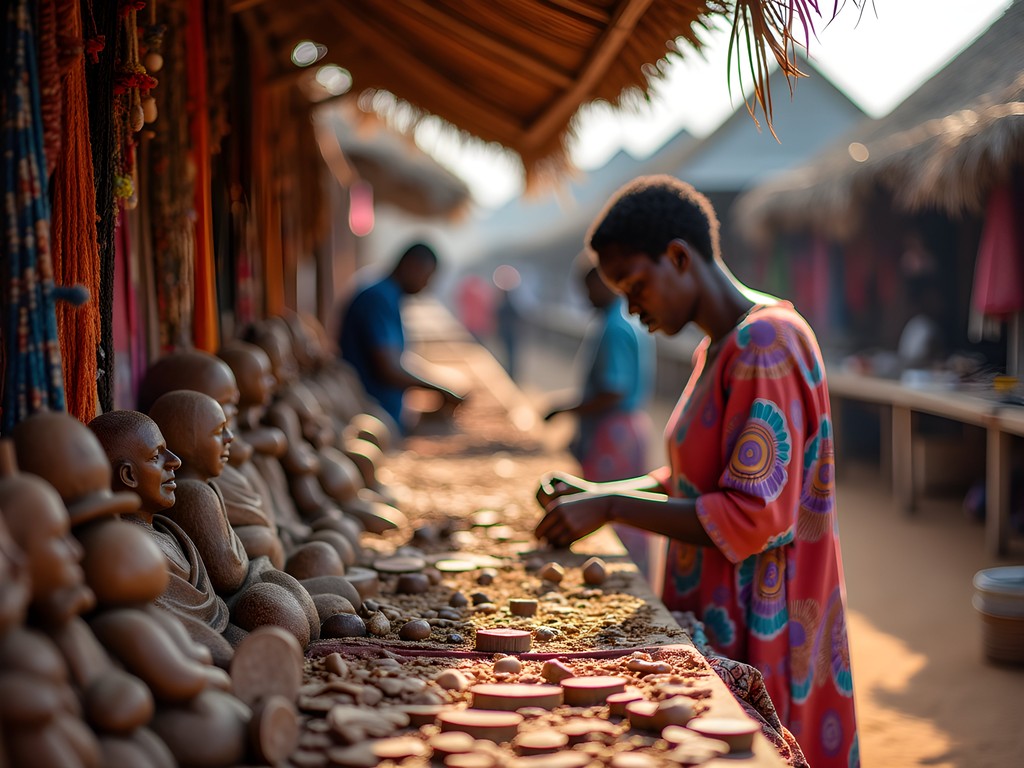
💡 Pro Tips
- Visit the National Museum early to avoid school groups
- Bring small US dollar bills for craft purchases at Kabwata Village
- Ask permission before photographing artisans or their work
Day 2: Markets, Food, and Local Life
If you truly want to understand a culture, observe where people gather, what they eat, and how they trade. In Lusaka, this means markets—the beating heart of daily life.
Begin your second day with an early visit to Lusaka City Market (also called 'Soweto Market'). I've covered sporting events in dozens of countries, but few experiences match the sensory intensity of a major African market at full tilt. This isn't a sanitized tourist experience—it's a working market where Lusakans shop daily. The labyrinthine aisles might seem intimidating, but I've always found a smile and respectful demeanor opens doors.
Navigating the market requires comfortable footwear and awareness of your belongings. My crossbody bag has been invaluable for keeping essentials secure while leaving hands free for examining produce or crafts. The textile section offers stunning chitenge fabrics—I've purchased these as gifts for my teenage daughter, who transforms them into unique accessories.
For lunch, seek out a local 'nsima house' near the market where workers gather for midday meals. These no-frills establishments serve authentic Zambian cuisine at prices that remind you how affordable Lusaka can be for travelers with mid-range budgets.
In the afternoon, visit the Sunday Crafts Market (despite its name, it operates daily) at the Arcades Shopping Mall. The atmosphere here is more relaxed than City Market, making it ideal for meaningful conversations with vendors. During my last visit, I spent an hour discussing the ecological challenges facing rural communities with a basket weaver whose work incorporated sustainability messages.
As evening approaches, consider dinner at Sugarbush Café or Mugg & Bean in one of the upscale malls. While not traditionally Zambian, these spots offer excellent people-watching and a glimpse into the lives of Lusaka's growing middle class. If you're fortunate enough to visit during football season, ask your hotel about local matches—the enthusiasm of Zambian football fans rivals anything I've witnessed in my sports journalism career.
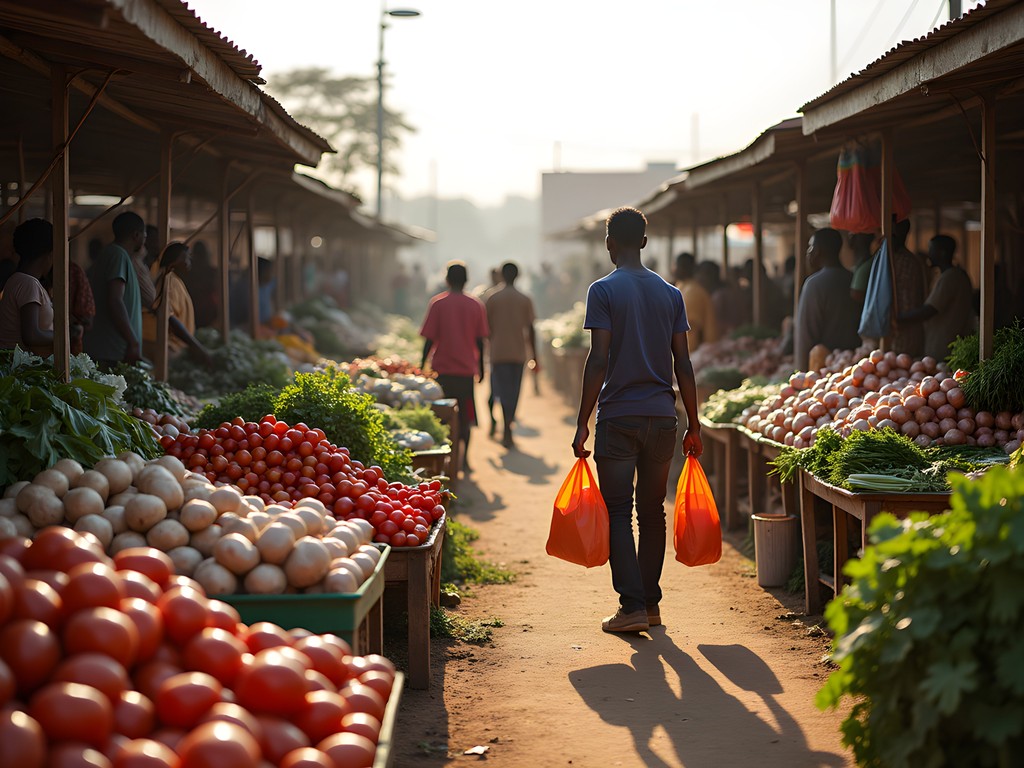
💡 Pro Tips
- Visit City Market early morning for the best experience and to avoid the midday heat
- Carry small denominations of Zambian Kwacha for market purchases
- Ask permission before photographing people in markets
Day 3: Natural Escapes and Wildlife Encounters
One of Lusaka's most underappreciated aspects is how quickly urban landscapes give way to natural beauty—something I've come to value deeply since my wife's work in conservation biology has heightened my appreciation for ecological diversity.
Start your third day with an early morning visit to the Lusaka National Park, just 30 minutes from the city center. Unlike the vast wilderness areas Zambia is famous for, this compact park offers a convenient wildlife experience without extensive travel. During my visit, I spotted zebras, impalas, and giraffes against a backdrop of the distant city skyline—a juxtaposition that speaks to Zambia's ongoing negotiation between development and conservation.
For photography enthusiasts, the morning light here is exceptional. My zoom lens proved perfect for capturing wildlife while maintaining a respectful distance. The park staff are knowledgeable about animal behavior and conservation efforts—engaging them in conversation reveals insights you won't find in guidebooks.
Return to the city for lunch at Mika Hotel Convention Centre, where the restaurant serves excellent grilled tilapia—a freshwater fish that features prominently in Zambian cuisine.
In the afternoon, visit the Lilayi Elephant Nursery, a rehabilitation center for orphaned elephants. Timing your visit for the public viewing at 11:30 AM allows you to watch the young elephants during their feeding time. The project represents conservation efforts that balance wildlife protection with community involvement—themes that resonate with my own interests in sustainable tourism.
For your final evening, treat yourself to dinner at Marlin Restaurant's original location or The Misty Jazz Restaurant for live music. I've had memorable conversations with local musicians at these venues, discussing how traditional rhythms influence contemporary Zambian music—parallels to how traditional sports evolve in modern contexts.
If your schedule permits, check the events calendar for the Lusaka Playhouse or the Mulungushi Conference Centre, where you might catch performances that showcase Zambia's vibrant arts scene.
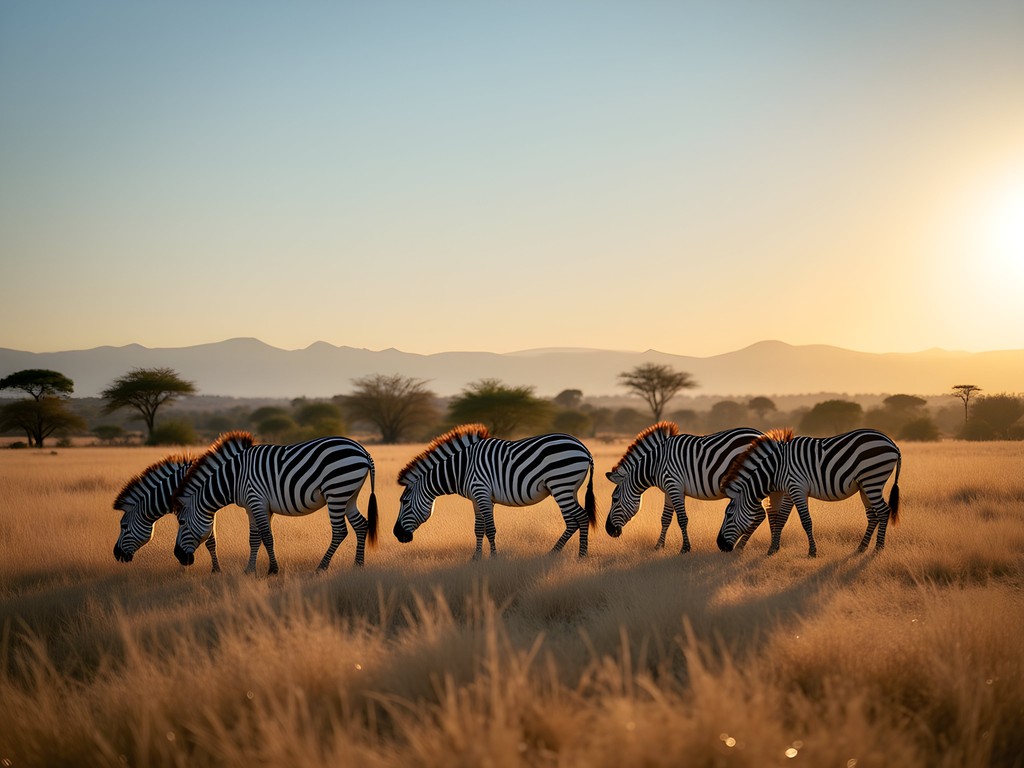
💡 Pro Tips
- Book a guide at Lusaka National Park for better wildlife spotting
- Bring binoculars for wildlife viewing even in this smaller park
- Visit the elephant nursery at feeding time (11:30 AM) for the best experience
Culinary Adventures: Tasting Lusaka
My journalistic approach to travel has always involved tasting a place as thoroughly as seeing it. Lusaka's food scene offers insights into both traditional Zambian culture and the city's evolving identity.
Start with breakfast at Kalahari Coffee Shop, where locally sourced beans produce exceptional coffee. The café attracts an interesting mix of expatriates, local professionals, and travelers—I've had some of my most informative conversations here, including an impromptu lesson on Zambian football leagues from a sports editor at a local newspaper.
For an authentic lunch experience, seek out a 'nsima house' where office workers gather. These local eateries serve the staple maize porridge (nsima) with relishes like ifisashi (greens in peanut sauce) and village chicken. Bring your travel cutlery set if you're particular about utensils, though traditionally, nsima is eaten with your right hand.
Street food in Lusaka deserves attention, particularly the roasted maize and groundnuts (peanuts) sold by roadside vendors. My rule for street food safety—developed over decades of sports tours in various countries—is to choose busy stalls where locals queue and food turns over quickly.
For dinner, Lusaka offers everything from international cuisine to upscale interpretations of Zambian classics. Marlin Restaurant remains my favorite for reliably excellent local food in comfortable surroundings. The grilled chambo or bream fish pairs perfectly with nshima and local vegetables.
Don't miss trying Mosi lager, Zambia's national beer, named after the indigenous name for Victoria Falls (Mosi-oa-Tunya, 'The Smoke That Thunders'). For non-alcoholic options, munkoyo (a fermented cereal drink) offers a taste of traditional beverages, though it's an acquired taste for most Western palates.
What fascinates me about Lusakan cuisine is how it reflects both deep tradition and contemporary influences—much like how cricket in India absorbed colonial origins but transformed them into something uniquely subcontinental. Food here tells stories of agricultural practices, cultural exchange, and adaptation to changing environments.
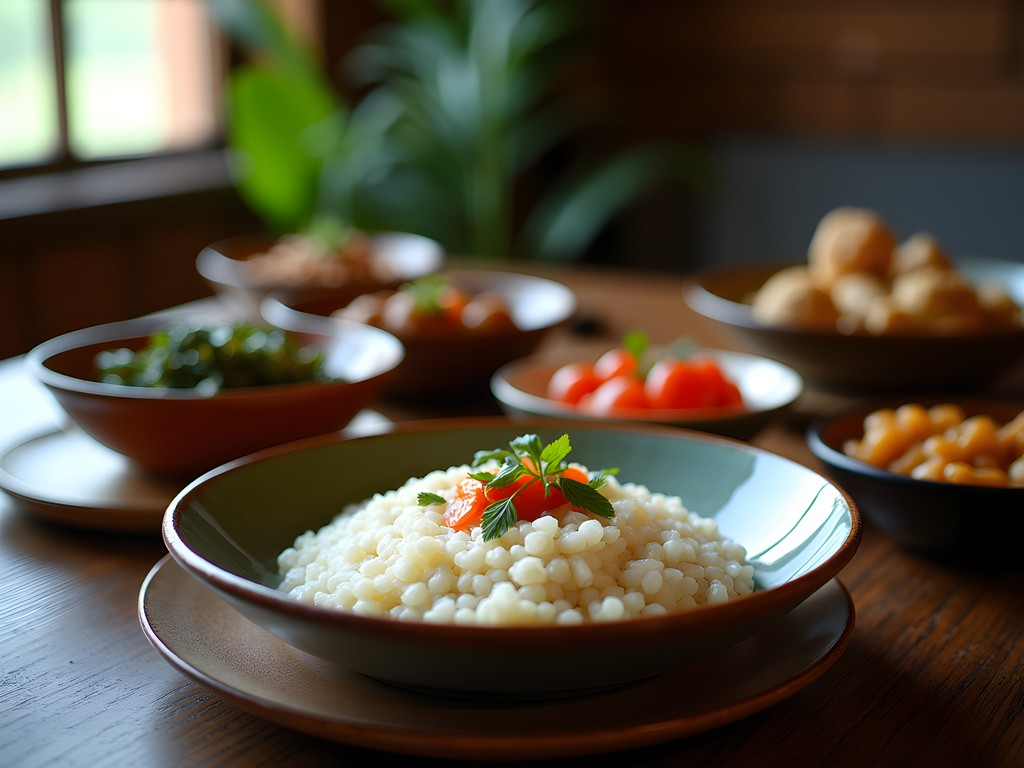
💡 Pro Tips
- Look for busy local restaurants with high turnover for the freshest food
- Try chibwantu (a fermented maize drink) for an authentic taste experience
- Ask for food to be prepared 'not too spicy' if you're sensitive to heat
Practical Tips for Navigating Lusaka
After multiple visits to Lusaka—first for cricket coverage and later for personal exploration—I've developed strategies for navigating this dynamic city efficiently and safely.
Transportation: Unlike more tourist-oriented African cities, Lusaka doesn't have a comprehensive public transportation system geared toward visitors. Registered taxis are widely available and affordable, though agreeing on fares before departing is essential. For convenience, I recommend arranging a driver through your accommodation for day trips or using ride-hailing apps like Ulendo, which function similarly to Uber.
Accommodation: Lusaka offers options across budget ranges, from international chains to locally-owned guesthouses. I prefer mid-range options like Protea Hotel by Marriott or Neelkanth Sarovar Premiere, which balance comfort with reasonable rates. For longer stays or family travel, consider serviced apartments in areas like Kabulonga or Rhodes Park.
Safety Considerations: Like many urban centers, Lusaka requires standard safety precautions. Keep valuables secure, avoid displaying expensive equipment, and use caution when withdrawing money from ATMs. I've found a money belt useful for carrying extra cash and important documents, particularly when visiting busy markets.
Communication: Purchase a local SIM card from providers like Airtel or MTN upon arrival—mobile data is affordable and coverage is generally good in Lusaka. Having internet access for maps and translation is invaluable, especially when negotiating with taxi drivers or seeking directions.
Cultural Sensitivity: Zambians are generally warm and welcoming, but appreciation of local customs goes a long way. Greetings are important—taking time to say hello and exchange pleasantries before beginning a transaction or asking questions shows respect. Dress modestly, particularly when visiting markets or residential areas.
Health Precautions: Carry hand sanitizer for use before meals, particularly after market visits. Bottled water is widely available and recommended. Lusaka sits at an elevation of about 1,300 meters and has a relatively mild climate, but sun protection remains essential.
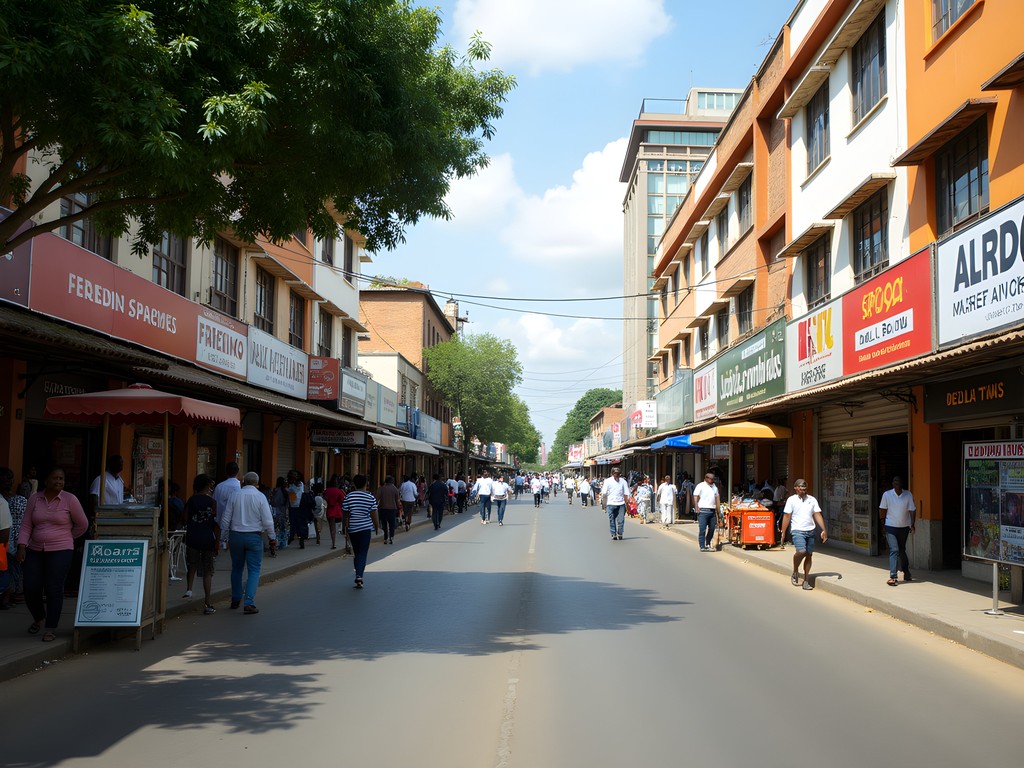
💡 Pro Tips
- Download maps for offline use before exploring markets or areas with spotty mobile coverage
- Carry a photocopy of your passport and keep the original in your hotel safe
- Learn basic greetings in Nyanja or Bemba to break the ice with locals
Final Thoughts
Lusaka may not feature prominently on typical African itineraries, but therein lies its charm. Like a test match that reveals its nuances over five days rather than the flashy immediacy of T20 cricket, this city rewards those willing to linger and observe. What it lacks in postcard-perfect attractions, it makes up for in authentic human connections and glimpses into contemporary African urban life. My journeys across continents have taught me that the most meaningful travel experiences often come from places in transition—cities like Lusaka that balance tradition and modernity, conservation and development, global influences and local identity. Whether you're passing through en route to Zambia's renowned wildlife destinations or deliberately seeking an under-explored urban adventure, give Lusaka the time it deserves. The city's rhythm might initially seem chaotic, but listen closely and you'll discover a fascinating composition worth experiencing.
✨ Key Takeaways
- Lusaka rewards curious travelers with authentic cultural experiences beyond the typical tourist trail
- Markets provide the best windows into local life and culture
- The city offers surprising access to wildlife and nature within a short distance
- Zambian hospitality makes solo travel particularly rewarding
📋 Practical Information
Best Time to Visit
May to August (dry season) for comfortable temperatures and minimal rain
Budget Estimate
$50-100 per day excluding accommodation
Recommended Duration
3-4 days
Difficulty Level
Easy
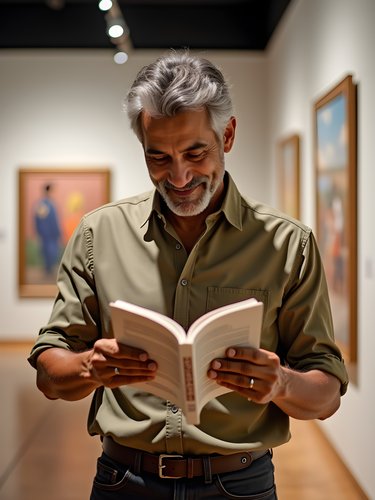
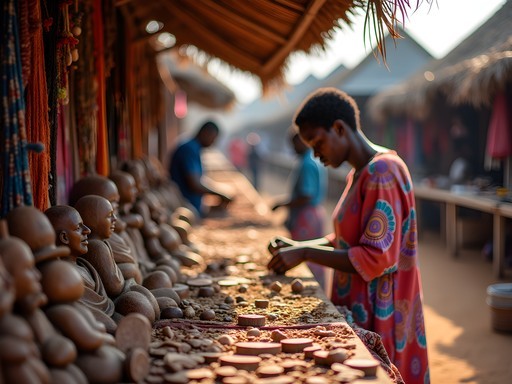
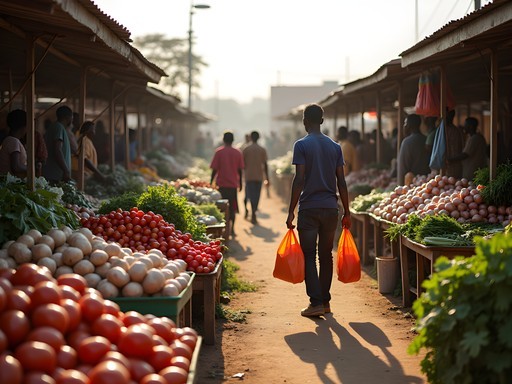
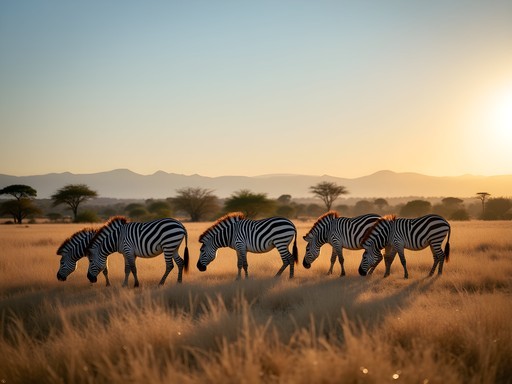




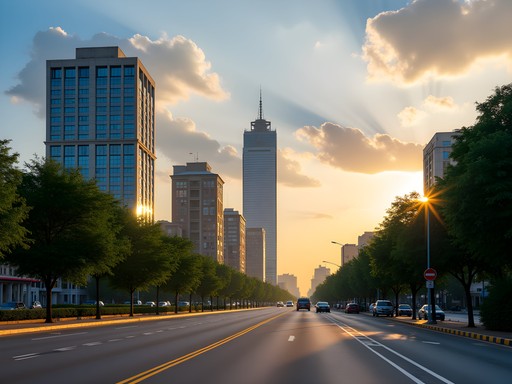
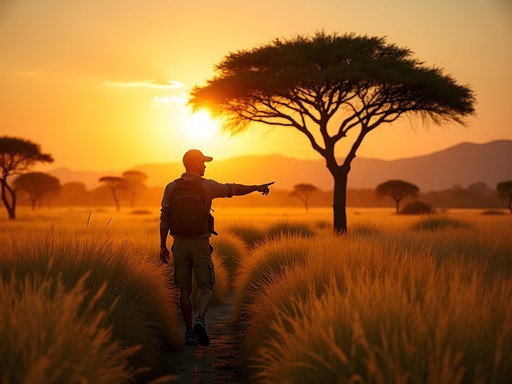
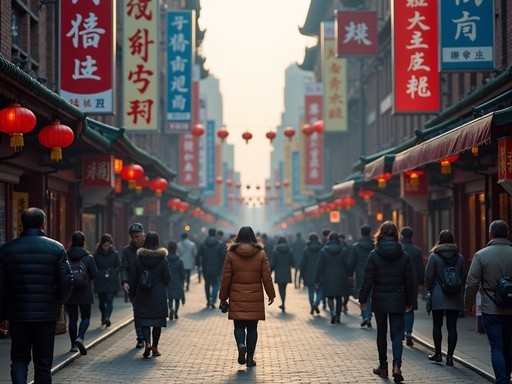
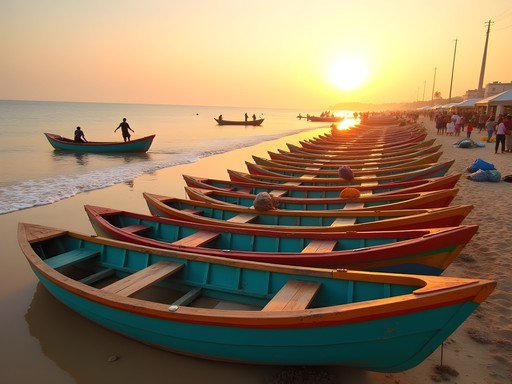
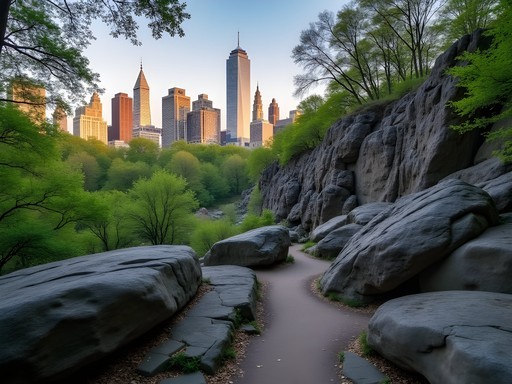



Comments
journeymood
We did the Day 2 market tour and it was the highlight of our trip! Tip: go early to avoid crowds and bring small bills for easier bargaining. The crafts at Kabwata Cultural Village were amazing - I'm still kicking myself for not buying more wooden carvings!
Ana Robinson
Oh yes, the wood carvings! I bought several and they're now my favorite souvenirs. Did you try the street food near the markets? Those grilled corn cobs with spices were incredible.
journeymood
Yes! The corn was amazing. Also tried those peanut fritters from a lady with a small stand. So good!
Ana Robinson
Just got back from Lusaka with my family and your guide was spot on! The Soweto Market was overwhelming but incredible - my kids were fascinated by all the colors and sounds. We also loved the food at Marlin Restaurant you recommended. The nshima with side dishes was a hit even with my picky 8-year-old! One tip I'd add: we visited the Kalimba Reptile Park which wasn't in your guide but was perfect for the kids. They have amazing conservation programs for Zambian reptiles and the guides were so knowledgeable. I used my travel journal to document everything and it's now filled with pressed flowers from Lusaka's gardens!
greendiver
How safe did you find Lusaka for solo travelers? And would you recommend public transport or hiring a driver for Day 3's nature excursions?
Amit Sullivan
Great question! I found Lusaka generally safe as a solo traveler with normal precautions. For Day 3, I'd recommend hiring a driver for the wildlife areas - more reliable and they know the best spots. Public transport works well in the city though!
greendiver
Thanks Amit! That's really helpful. Did you book a driver in advance or find one locally?
citylife
Never considered Lusaka as a destination before but your cricket analogies and insider perspective have me intrigued! Adding to my Africa wishlist.
Ana Robinson
Same here! I love how Amit finds these under-the-radar places that don't make typical itineraries. Makes travel feel more authentic.
citylife
Exactly! I'm tired of overtouristed spots. Did you visit any of the markets he mentioned?
roampro
The photos of the sunset at Munda Wanga are incredible! What camera did you use?
starguy
Those wildlife encounters on Day 3 look amazing! Didn't realize you could see so much wildlife so close to the city.
Frank Carter
Amit, your Day 2 section on markets really resonated with me. I spent a month in Lusaka last year researching traditional crafts, and Pakati Market was my daily haunt. One tip for your readers: the best time to visit is early morning (6-8am) when locals do their shopping - you'll see the freshest produce and most authentic market atmosphere. Also, the food section was spot on! I'd add Chikanda (vegetable meatloaf) to the must-try list. It's quite unique and available at most local restaurants. For those interested in cultural immersion, I found joining a cooking class at Maramba Cultural Village gave incredible insight into Zambian daily life. The instructor taught us how to make proper nshima with the right consistency - harder than it looks! Looking forward to your next piece.
beachphotographer
Great post! Did you try the minibuses? Worth it or should I stick to taxis?
roampro
Not the author but I did the minibuses last month! Super cheap and authentic experience but definitely chaotic. If you're not in a rush and want the local experience, go for it! I used my travel phrasebook which helped a ton with the routes.
Ana Robinson
Amit, this guide brought back wonderful memories! We visited Lusaka with our kids (8 and 10) last year and were pleasantly surprised. The Lusaka National Museum was actually a hit with the little ones - they had an interactive section where children could learn about traditional crafts. I'd add that families should definitely check out the playground at Munda Wanga Environmental Park - gives kids a chance to burn energy while parents enjoy the botanical gardens. We also found most restaurants to be quite family-friendly, especially those in the malls. Did you get a chance to visit the Kalimba Reptile Park? That was our children's absolute favorite!
starguy
Ana, how did you find the safety situation with kids? Planning a trip with my family next year.
Ana Robinson
We felt quite safe, especially in the areas mentioned in Amit's blog. Just use common sense - we avoided walking at night, used reputable taxis, and kept valuables secure. The locals were incredibly helpful and protective of tourists with children!
sunsettime
Love how you compared exploring Lusaka to a cricket match! Never thought of Zambia as a destination but you've got me intrigued!
Venture X
Premium card with 2X miles, $300 travel credit, Priority Pass